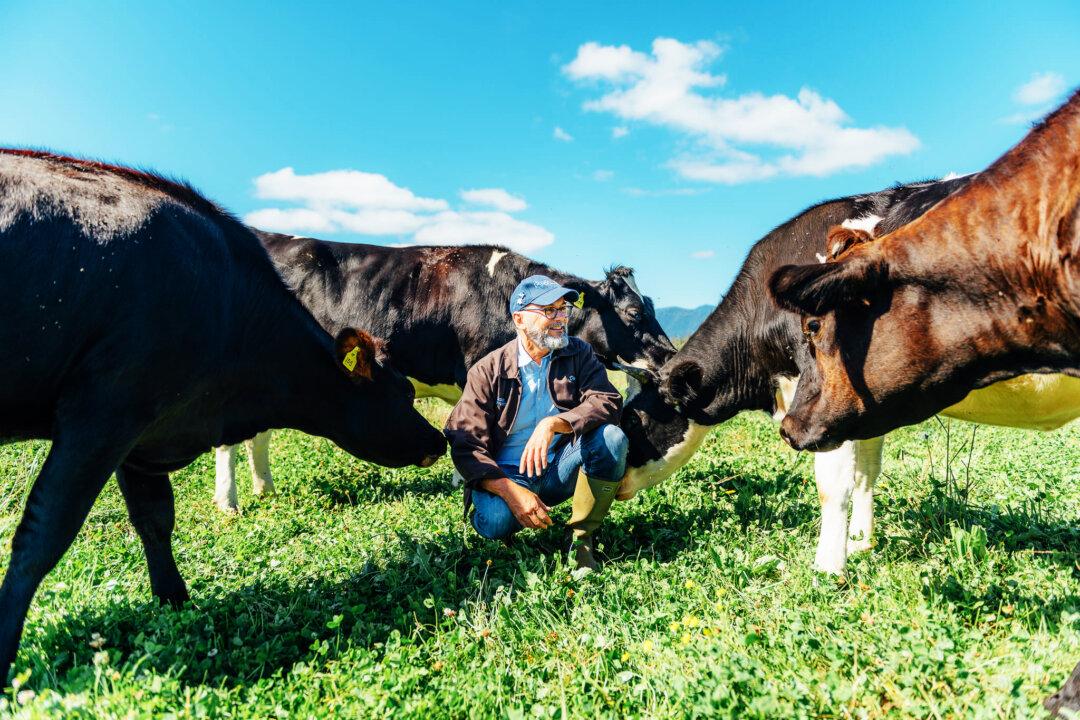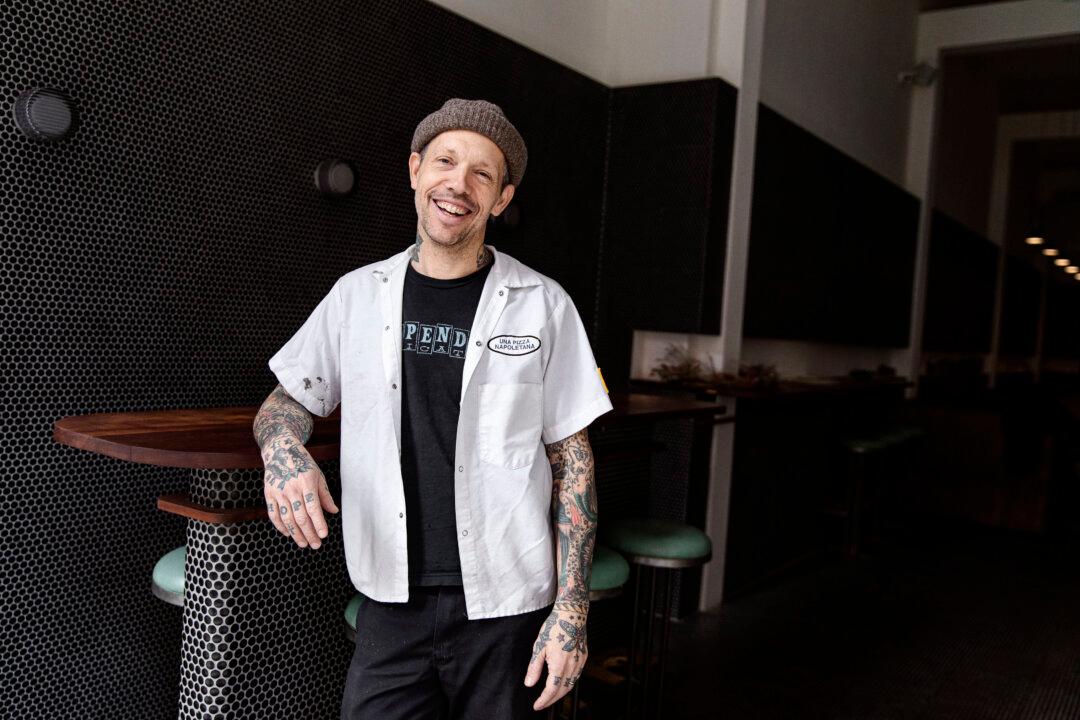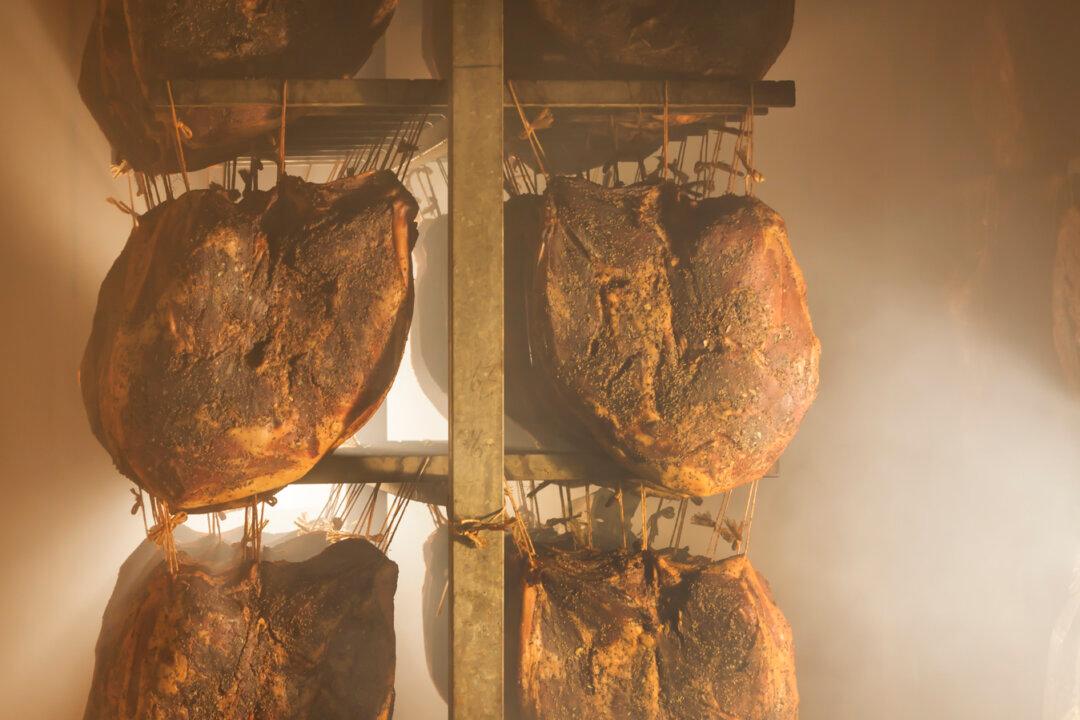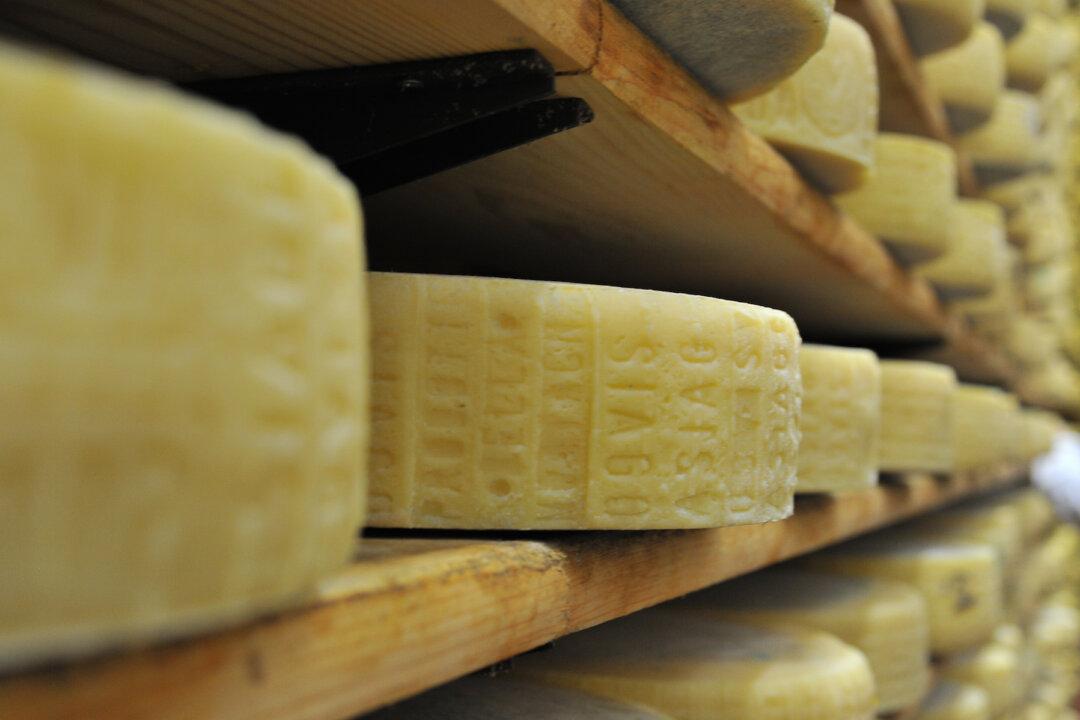Last October, in the northern Italian city of Bergamo, I witnessed a dramatic milestone in American cheese history. I was there to join 260 technical experts, cheesemakers, buyers, retailers, and food writers from around the globe who were selected as judges in the 32nd World Cheese Awards.
We entered an enormous exhibition hall filled with 3,804 wedges and wheels from 42 countries, spread out across 85 tables. It was my first time judging, and as much as I love eating cheese, I was somewhat relieved to learn we would be working in teams of three to taste and evaluate about 45 cheeses.





